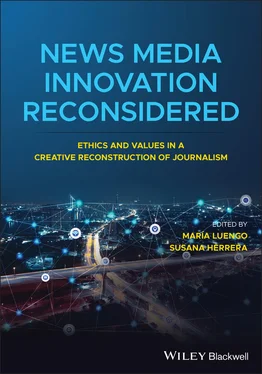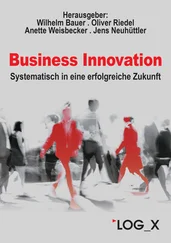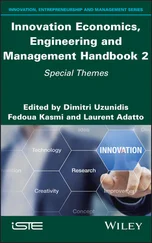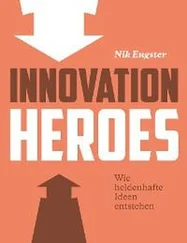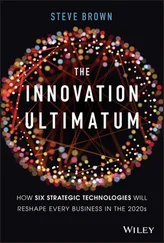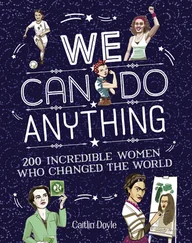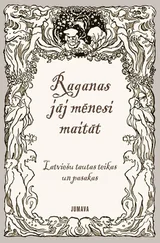1 ...6 7 8 10 11 12 ...21 As the self-publishing platforms were easier to use, horizontal communication channels proliferated, and all kinds of blogs rapidly incorporated the voice of citizens into journalism. Bloggers claimed the professional territory of journalists: selecting events and topics for the audience and commenting on relevant issues through content aggregation. This led to further tensions between the possibilities afforded by innovations in news production and the normalizing force of established newsroom routines (Mitchelstein, Boczkowski, and Wagner, 2017). Professionals quickly drew the frontier between journalists who valued equity, accuracy, balance, and other ethical criteria, and content providers with their opinion blogs, which lacked a professional status (Singer, 2003).
One of the ways in which journalists differed from bloggers was their independence, based on neutrality, impartiality, or objectivity. Bloggers, on the other hand, published their personal views and raised ethical problems. “It is not a fair, impartial or objective journalism, nor does it intend to be. As they do not adhere to journalistic norms, bloggers do not have to be objective or politically correct,” protested one newspaper editor (Carlson, 2007, p. 268). The success of bloggers posed the question of which characteristics defined a digital journalist (Hayes, Singer, and Ceppos, 2007).
An ethical problem that journalists frequently criticized was that the material published on blogs was not verified and, therefore, was not reliable. An editor summed up this concern: “If something appears in The Washington Post or The New York Times , I know it has been reviewed by someone whose profession requires them to have it checked. With a blog, you have no idea. Bloggers don’t know how to verify the facts. Calling a blogger a journalist is like calling a photographer anybody who takes a snapshot” (Carlson, 2007, p. 274).
Criticisms related to impartiality and verification pointed to the emergence of a norm that was especially suitable for digital media: transparency. It was important for the disclosure of a blogger’s background, their personal interests and financial ties. Although the norms of objectivity and balance made it difficult for some journalists to adhere to blogging, blogs became an acceptable innovation by 2012 (Mitchelstein, Boczkowski, and Wagner, 2017).
Journalists had to face the consequences of user-generated content (UGC) and its influence on their professional routines. The spread of UGC implied that journalists could lose control over what they published, even as authors of the news and it soon threatened editorial values and news standards (Paulussen and Ugille, 2008). Ethical concerns about UGC focused on three aspects: accuracy, credibility, and civility. It increased the difficulty of verifying the information and checking whether something was true or were mere rumors or lies spread by people over whom journalists had no control. News professionals saw that their credibility was in the spotlight. Some experts criticized that users, unlike journalists, did not feel responsible for what they published and did not report accurately (Noguera Vivo, 2012).
Legal concerns about the use of UGC in the media, such as copyright ownership, were mixed with ethical ones. However, making sure that the material external to the newsroom was “legally safe to publish” consumed considerable time and energy in most newsrooms. According to one British editor, comments are “subject to lawsuits for defamation, slander, libel, or the prohibition of spreading the name of the victim of a violation: reading these things and supervising them involves tons of work” (Singer, 2003). In this way, journalists struggled to ethically accommodate the opportunities for dialog presented by UGC, while safeguarding their credibility and sense of responsibility. News professionals showed concerns about the value of user contributions, as well as the consequences of uncivil comments on personal and institutional credibility (Singer and Ashman, 2009, p. 18).
However, criticism of the use of UGC in the newsrooms was not universal; many journalists expressed support for user contributions (video, pictures, news tips, etc.), although warned about the actual costs versus the ideal benefits. As Singer (2003) points out, most media outlets established an ethical framework about the problems raised by this innovation and many newsrooms drew a line not to be trespassed.
Platforms such as Twitter are essentially microblogs, but unlike users’ comments and other UGC that are produced after the journalist has published the story, social media material is a potential journalistic source (Noguera Vivo, 2012). Journalists initially disdained the potential of social media in their job because instant information combined mass distribution with an easy publishing process and the absence of editorial supervision. “A toy for boring celebrities and high school girls” is how a columnist described Twitter in 2009 (Hermida, 2012, p. 168).
Social media challenged traditional journalistic values such as impartiality and accuracy. According to one study, a high percentage of tweets by journalists themselves contained at least some expression of opinion and used them to share information about their work and their personal lives (Suárez-Villegas and Cruz-Álvarez, 2016b). Therefore, prestigious news outlets such as The New York Times , the BBC, and The Washington Post , issued guidelines about the use of social media by their employees. New ethical concerns arose as misinformation and fake news became a problem. Newsrooms used with caution the available content in Twitter, Facebook, YouTube, or Instagram, and most journalists adopted social media more quickly and with fewer complaints than the previous innovations (Suárez-Villegas and Cruz-Álvarez, 2016b).
Citizens and social media users were excluded from meaningful participation in the media ethics discourse. However, as Ward and Wasserman (2010) argued, new technologies and platforms were democratizing media globally and were rendering journalistic practices more flexible and fluid, facilitating an “open media ethics.”
Journalistic Production for the Internet
Digital journalism is instantaneous. Journalists publish news content as it happens, in a 7/24 cycle, with short time to check it. Journalism tends to be increasingly opinionated because the news content is presented from the “ideological trench,” and is becoming more entertaining, including a mix of spectacle, sensationalism, and clickbait elements. In addition, news content is gathered and distributed in social media, where sources, journalists, media consumers, and citizens participate almost at the same level.
Journalism innovations facilitated the production of content in multiple formats, contributed to forge a more attractive and accessible journalism for a greater number of people and, at the same time, broadened the focus of the ethical issues raised in the newsrooms. Table 1.1summarizes some ethical issues debated by journalists between 2010 and 2015.
Table 1.1 Ethical issues for news professionals who work in digital newsrooms.
| Production stages |
Ethical issues |
| Access-observation |
• Verification of what is published on social media. • Check the information with two or more sources. • Journalists should not publish personal opinions in social media. • Fight against misinformation and lies. |
| Selection-filtering |
• Verify the accuracy of UGC. • Label external content as such. • Pressure to promote topics that increase online traffic. • Transparency in accessing news sources. |
| Processing-editing |
• Rejection of excessive multiskilling. • Convergence as a costsaving operation. • Low quality in production of multimedia content. • Separation between advertising and editorial. |
| Distribution |
• Value the journalist’s byline. • Obsession to beat the competition. • Immediacy of live coverage. • Use of clickbait. |
| Interpretation |
• Value of input from the users. • Moderation of comments and insults. • Correction of errors. • Transparency. |
| Source: Author |
Thus, the ethics of traditional journalism, with values based on the accuracy, rigor, precision, and verification, was gradually extended to digital journalism, where collaboration with users, transparency, and immediacy predominate (Suárez-Villegas and Cruz-Álvarez, 2016a).
Читать дальше
